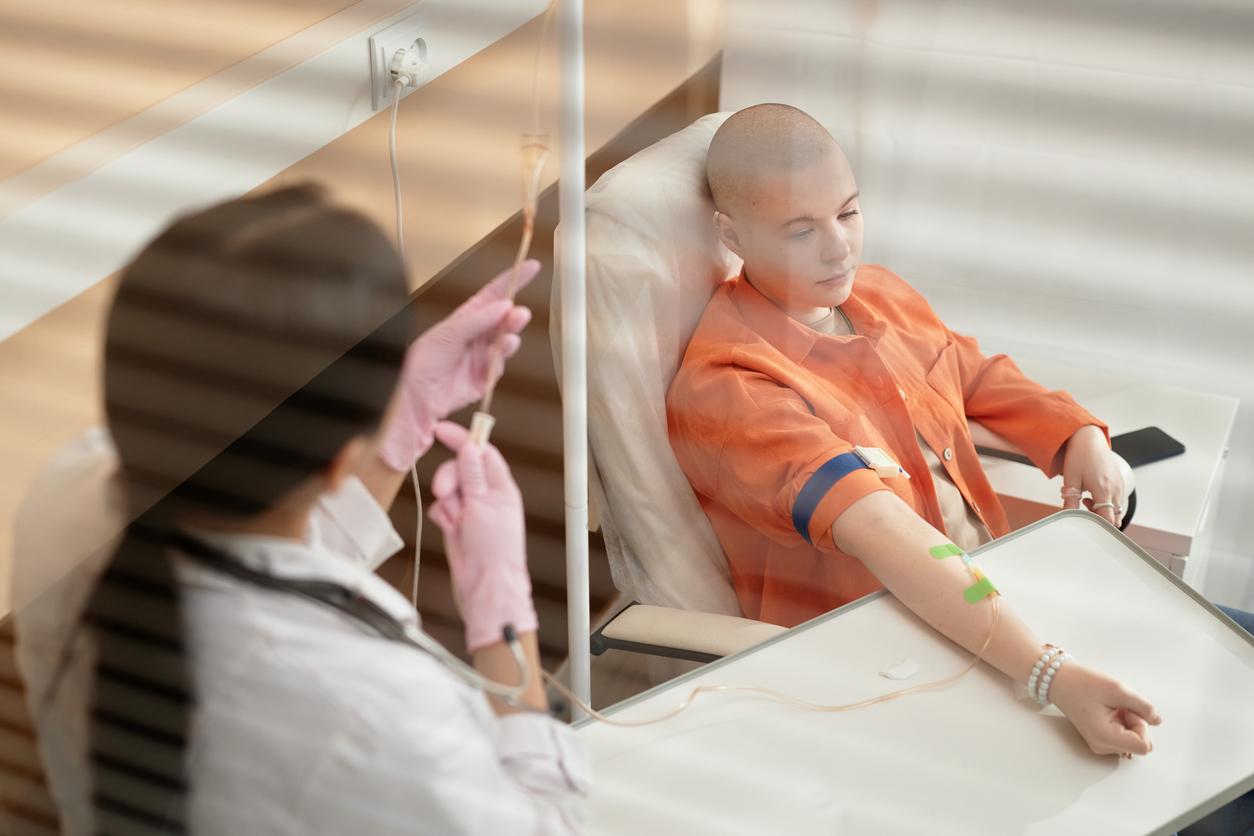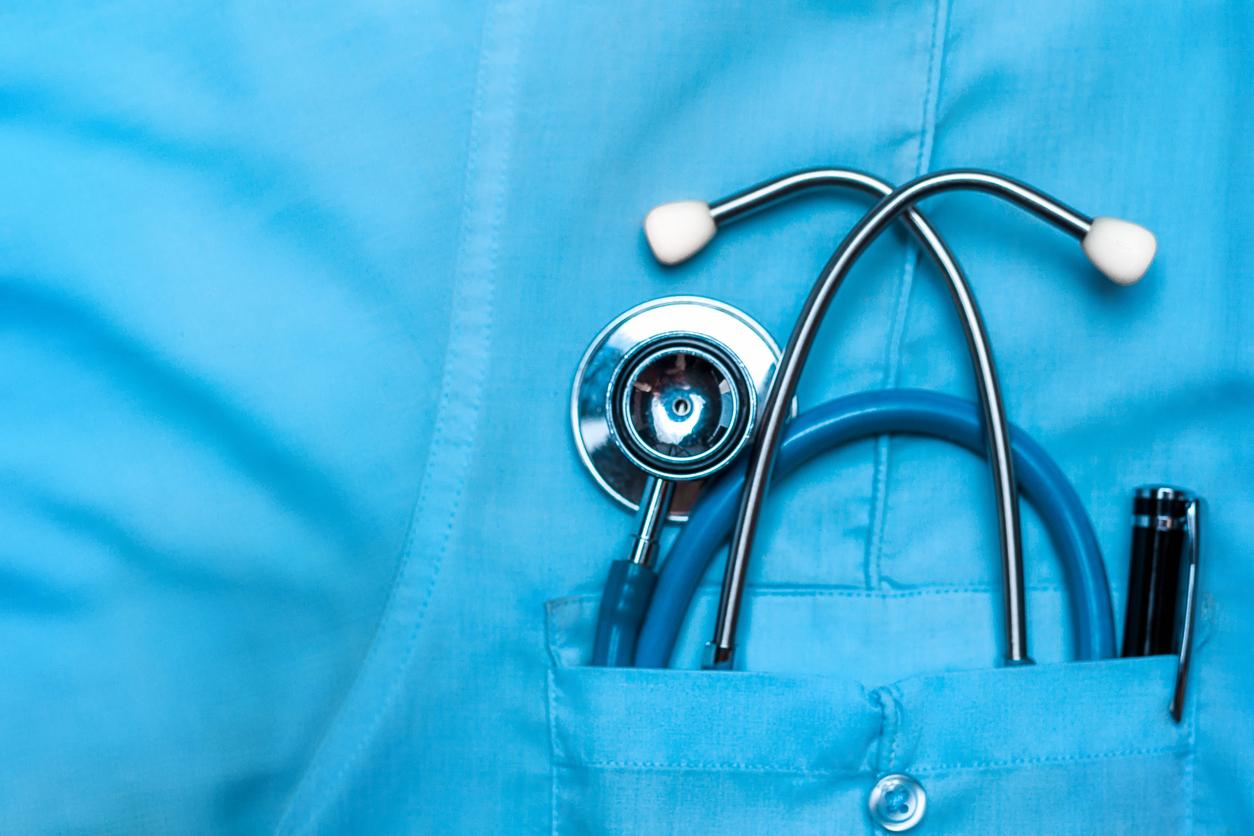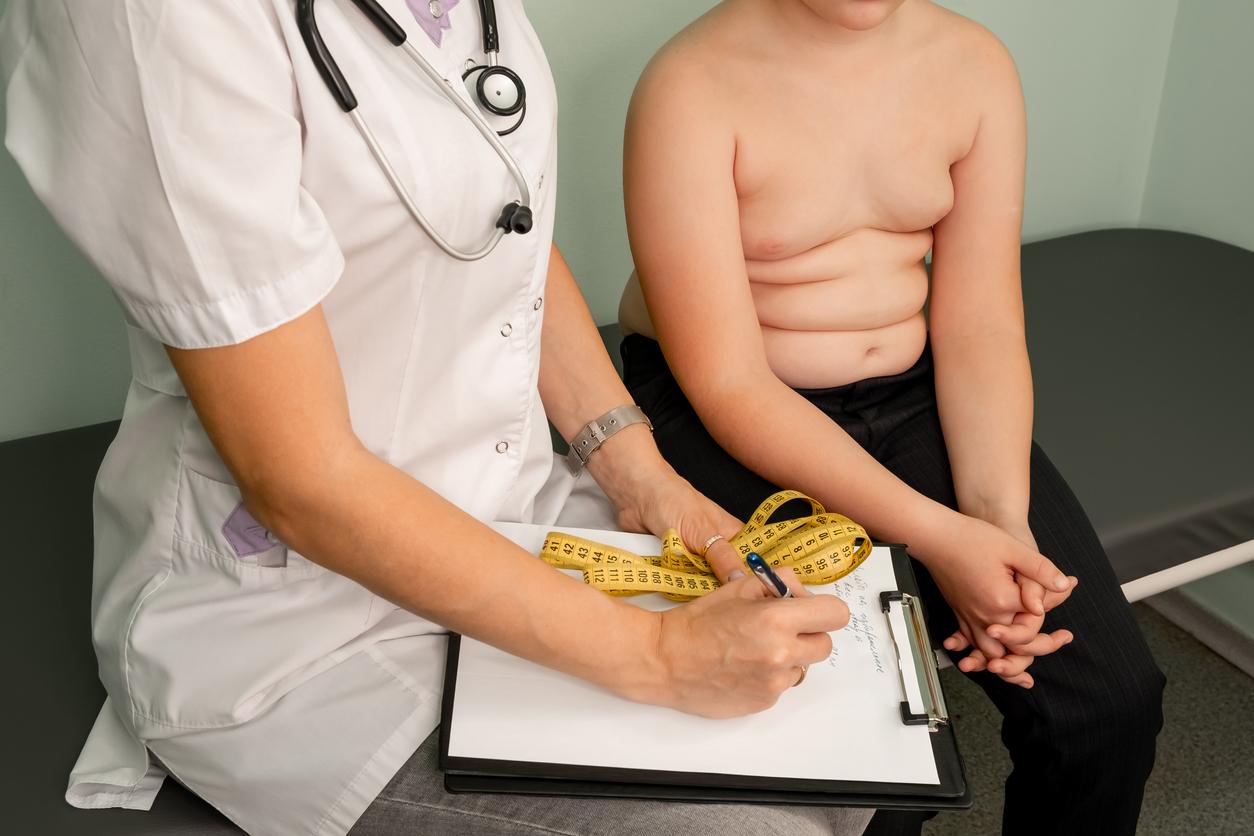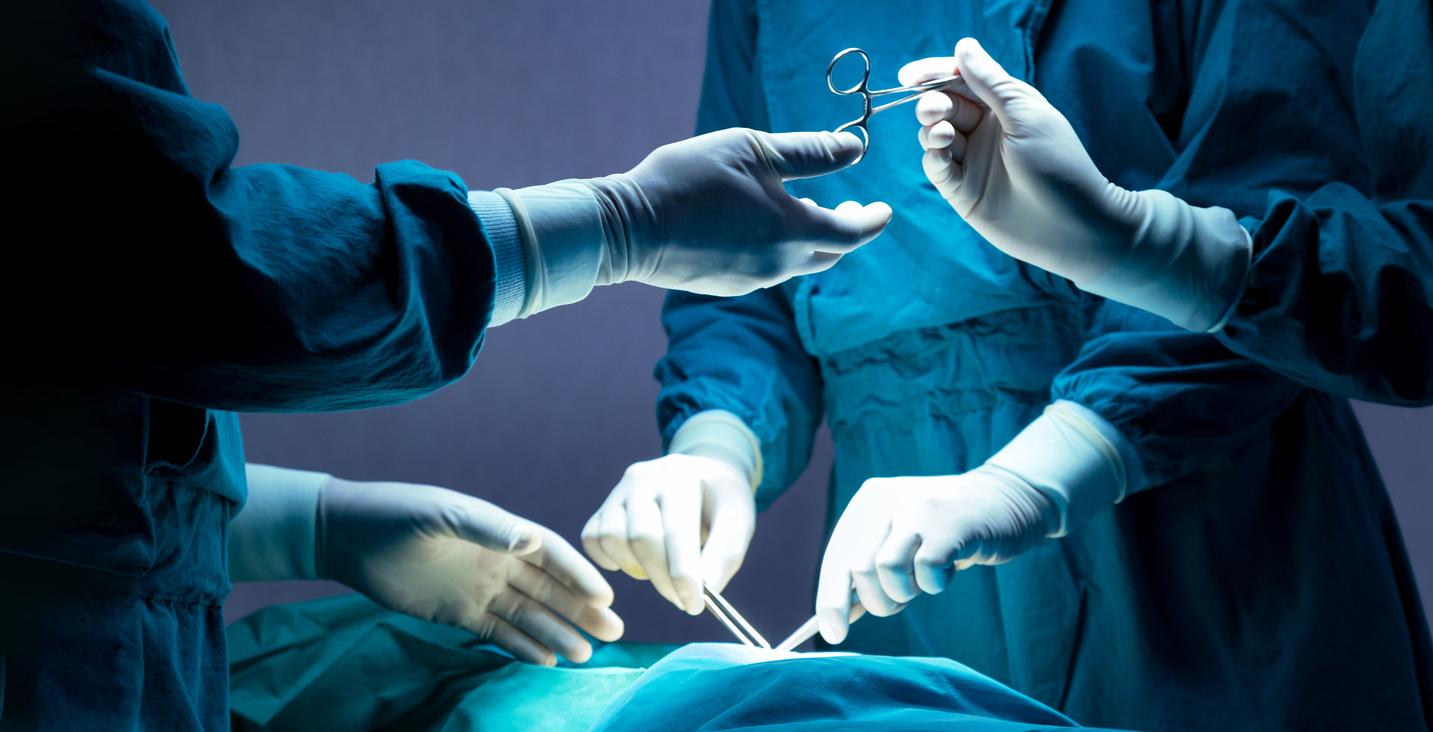
Very rare form of cancer
In animals, facial cancer has been best known for the Tasmanian devil, an isolated tribe of marsupials. There is no such thing as a typical facial cancer in humans, but there are rare cancers that can affect the face.
If human cancer occurs in the face, it is almost always a result of one of the so-called head and neck cancers or of skin cancer.
In the head and neck area, cancer can arise in different forms in different places and that has everything to do with the many types of tissues that are located there, in the form of lymph nodes, mucous membranes, jawbone and salivary glands.
Smoking and alcohol
According to Professor Fons Balm of the Netherlands Cancer Institute (NKI), it is still unknown exactly how cancer in the head and neck area develops. The most common causes of cancer in the head and neck area are alcohol consumption, smoking and some viruses, such as the Human papillomavirus. Heredity can also play an important role, and some people may also be more sensitive to alcohol and tobacco smoke than others because of heredity. According to Balm, it is true that people who smoke and use a lot of alcohol are at extra risk. But healthy people can also get cancer for unexplained reasons.
skin cancer
The uncovered scalp is often exposed to solar radiation. The sun, in combination with genetic predisposition, is the main cause of skin cancer in the face. According to the latest figures, about 40,000 new cases of skin cancer are added every year, with the largest increase in women between the ages of 20 and 40.
The superficial forms of skin cancer can be treated by a dermatologist. Forms of skin cancer that occur in very specific places such as on the eyelid, the edge of the auricle or on the nose usually require more intensive care.
There are also benign growths that can disfigure the face, such as hemangiomas, swellings of blood vessels. The swelling can lead to red or purple spots or bumps. A similar proliferation can also occur in the lymphatic vessels.
terrifying stories
It very occasionally happens that an aggressive type of cancer seriously affects the face, as in the case of an American man who had to have a large part of his face removed after a proliferation of an ameloblastic carcinoma from the jawbone. More such terrifying stories appear in the media every now and then, sometimes requiring the removal of 5- to 7-pound tumors from the face of the unfortunate. These serious growths are extremely rare.
According to KWF Kankerbestrijding, approximately 100,000 people in the Netherlands get cancer every year. According to the Head and Neck Oncology Team of the Antoni van Leeuwenhoek Hospital, tumors in the head and neck area are ‘quite rare’, with a total of 2,500 new patients every year. This also applies to patients with benign tumors. The specialized care for head and neck tumors is concentrated in a few hospitals in the Netherlands.
Loss of function
After surgery to remove a tumor, patients can suffer a lot from the loss of functions, such as bite force and chewing ability. After removing a tumor in the oral cavity, mouth and tongue, but often also neck and shoulders can be used less well. According to physiotherapist and epidemiologist Caroline Speksnijder, it is not so much the size, but especially the location of the tumor that determines the loss of functions after surgery.
When removing a tumor, the surgeon must also remove some of the surrounding healthy tissue. Small areas of affected tissue can be excised or other modern techniques can be used, such as lasers and robotic surgery. For larger tumors, the hospital’s head and neck oncology team may decide that reconstruction is needed, possibly involving skin or bone from another part of the body for the wound that has arisen. In some cases, a prosthesis must be made for the patient.
Sources):















